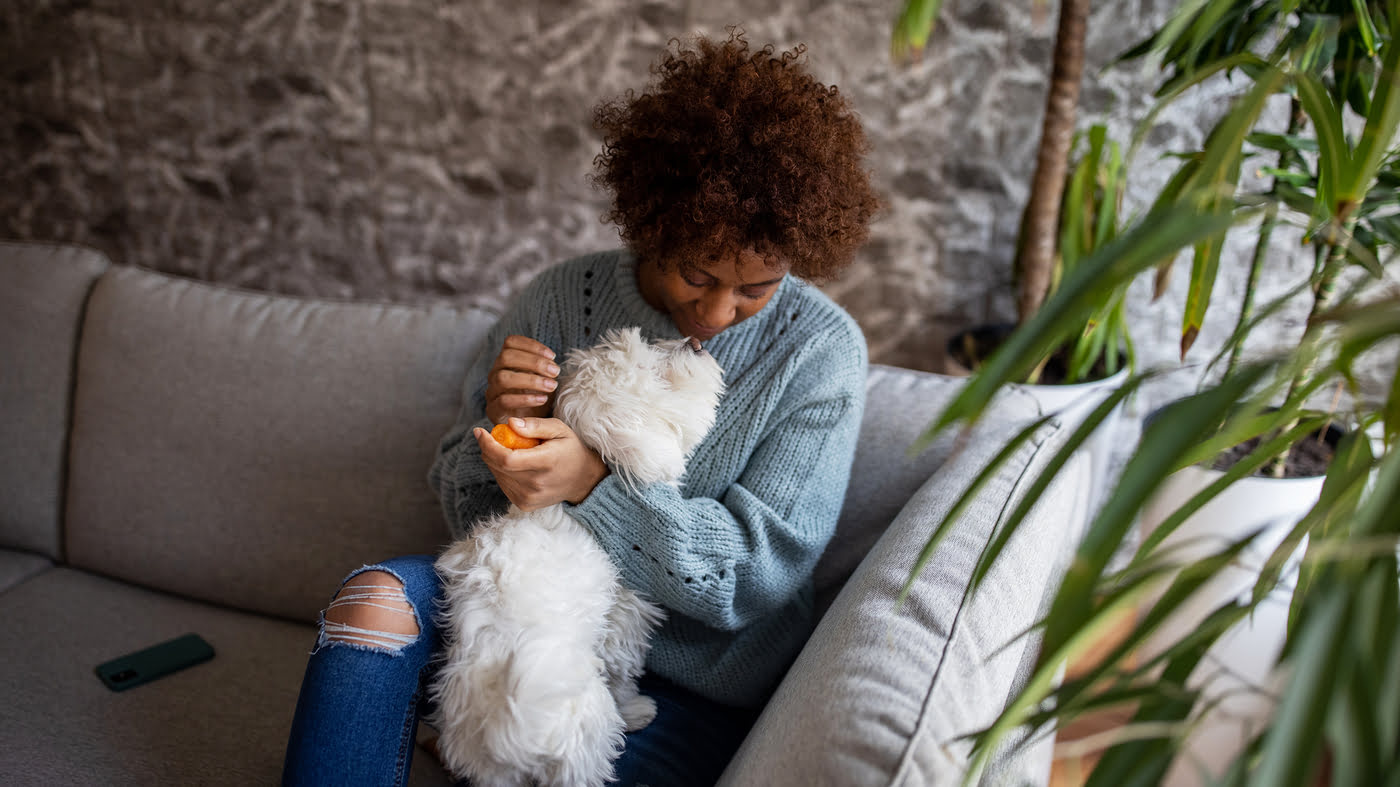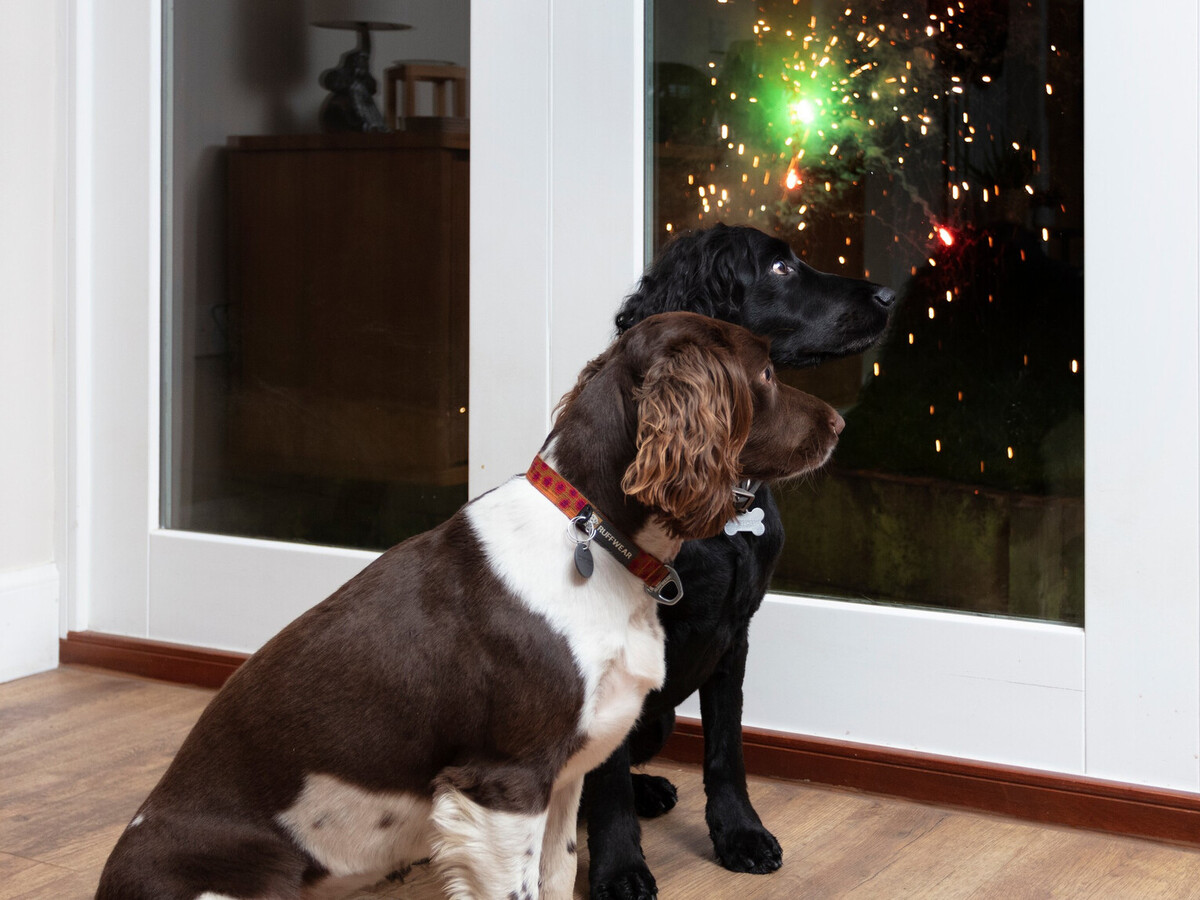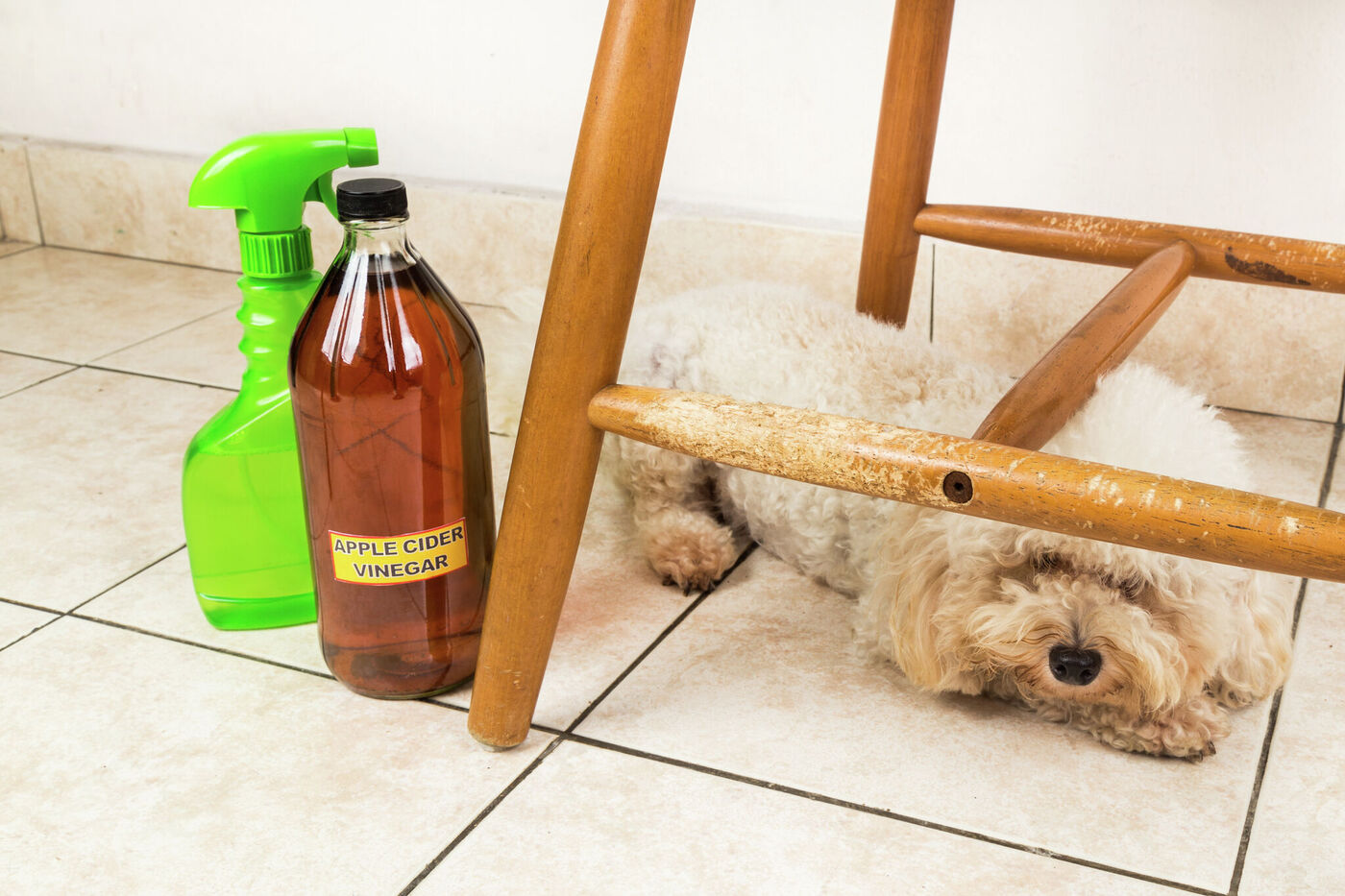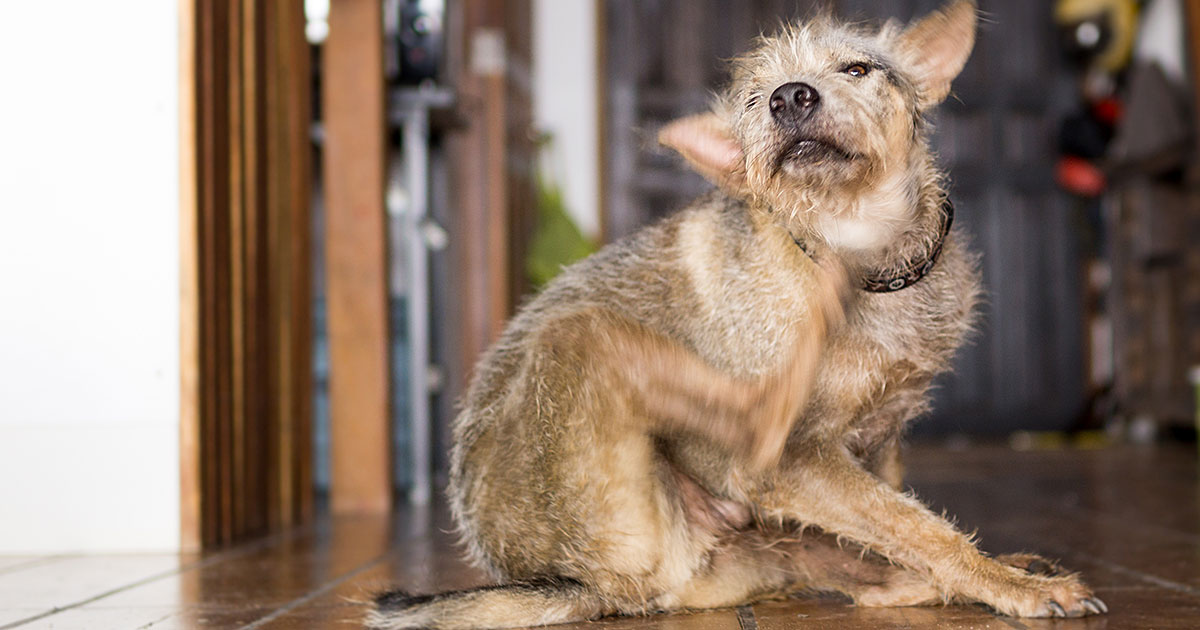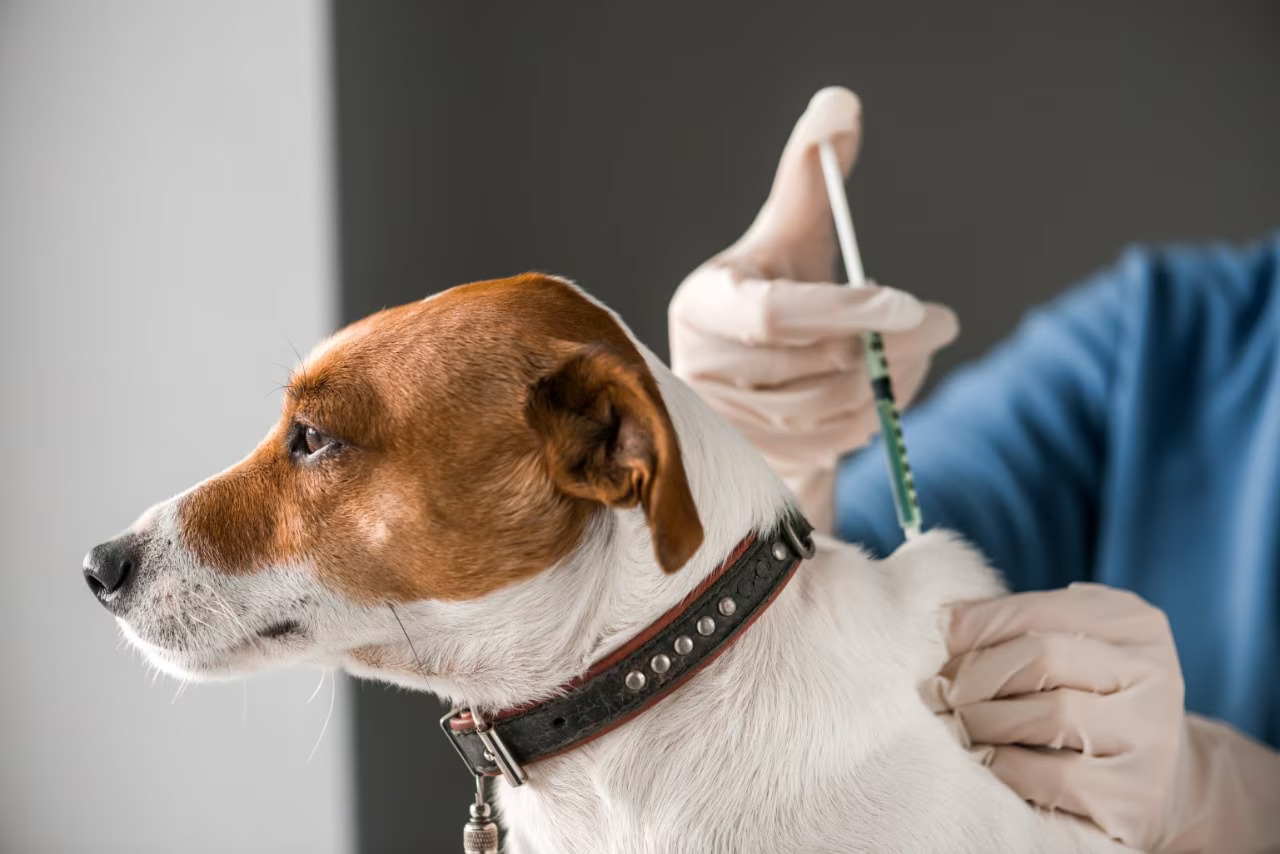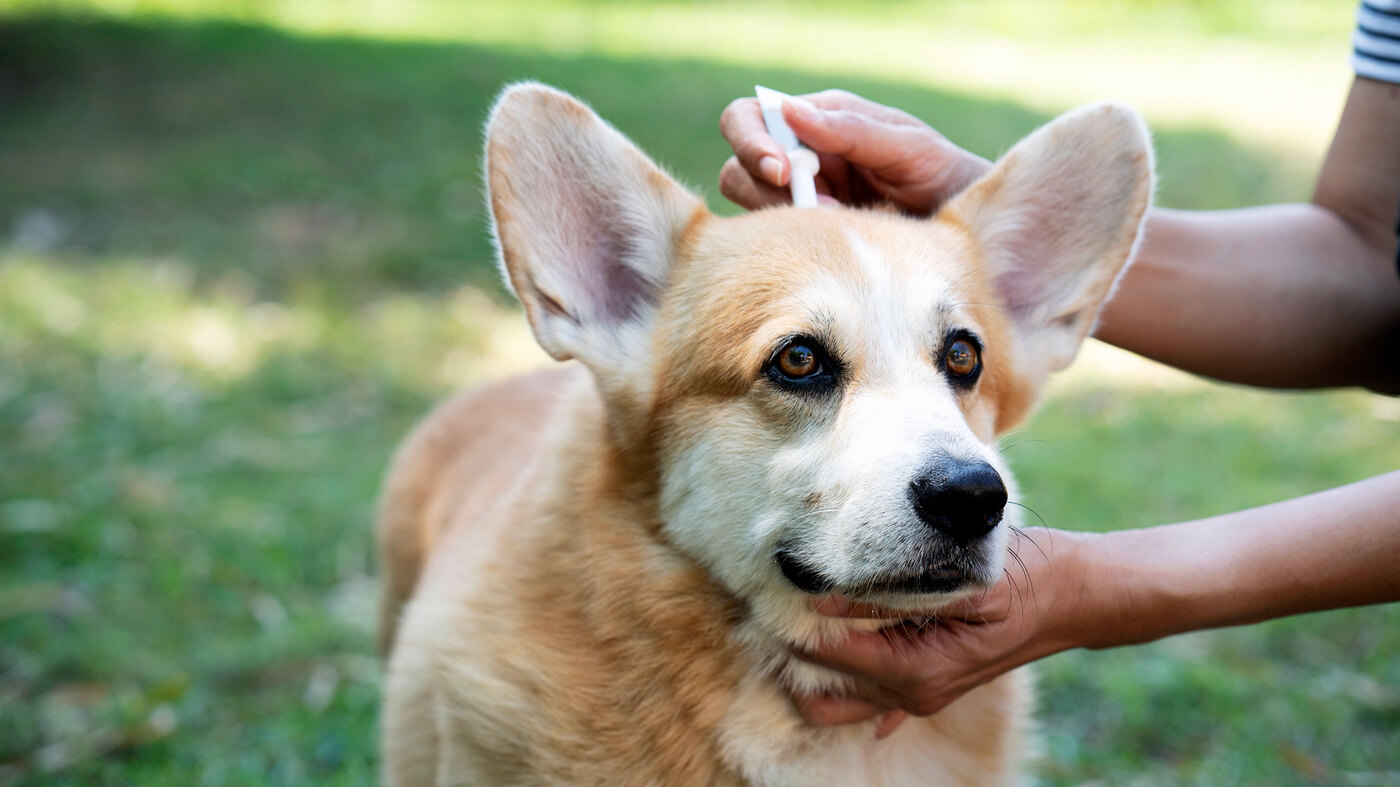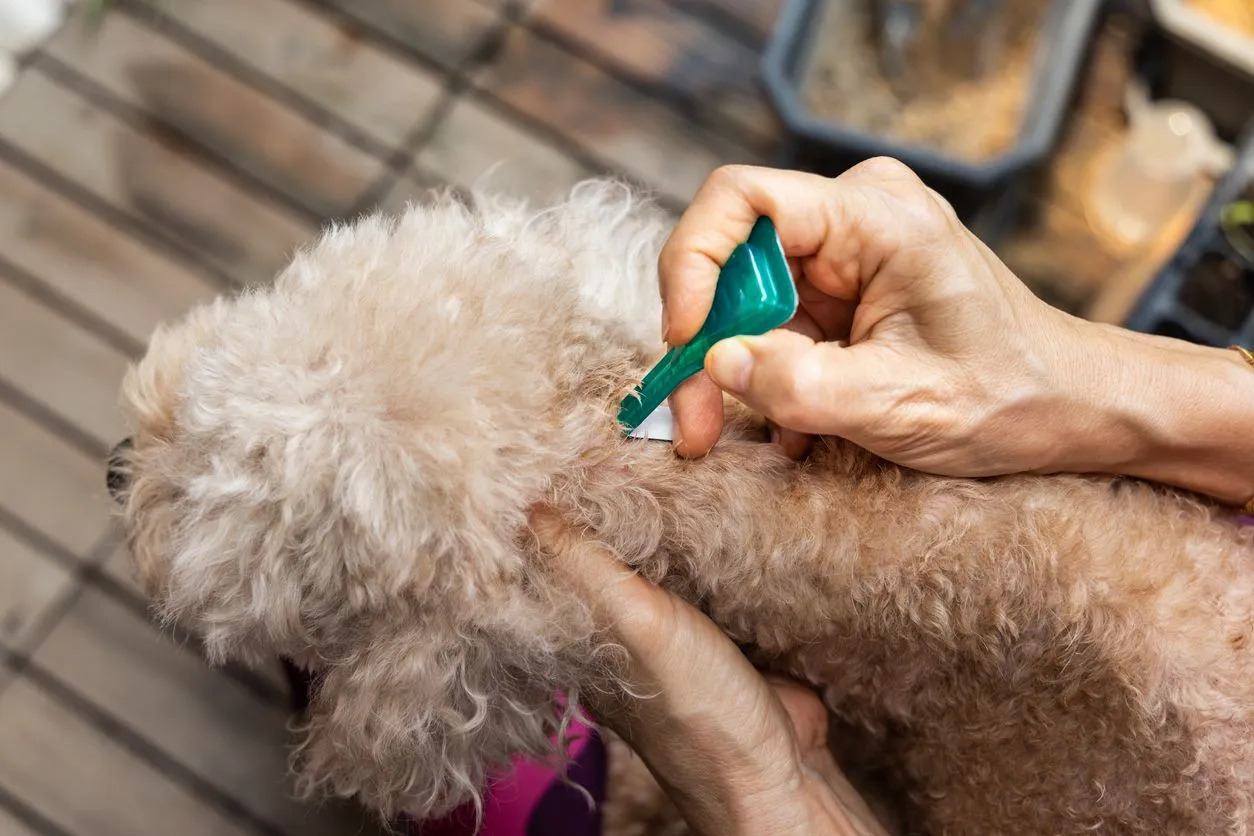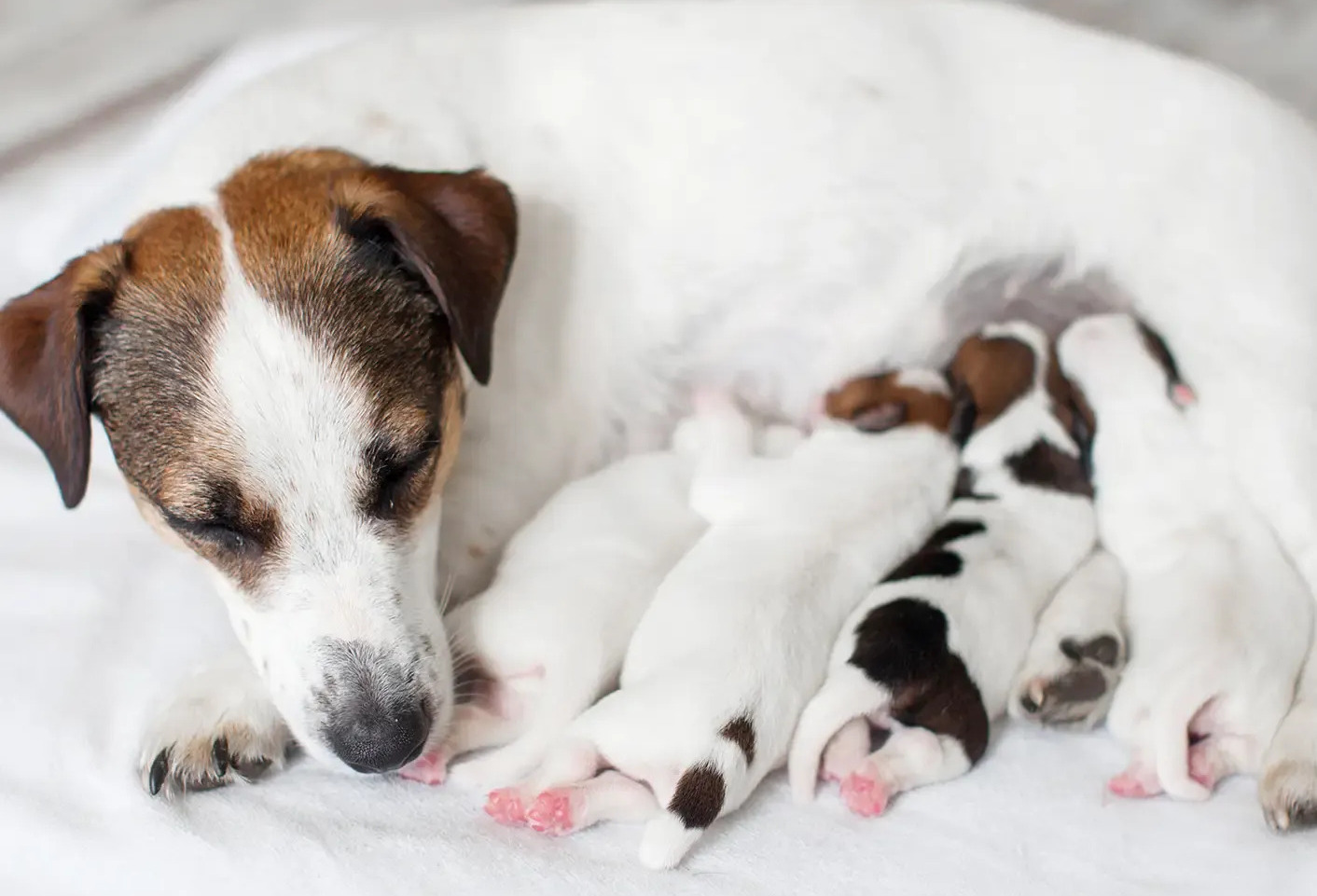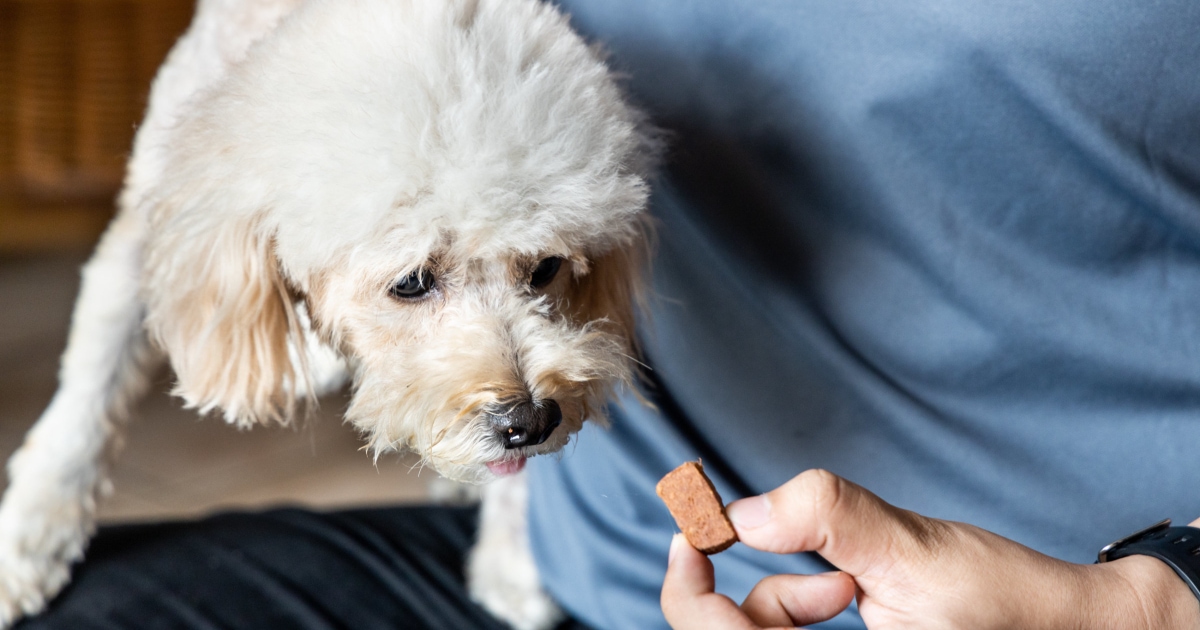Home>Health & Wellness>Common Health Issues>How Do I Help My Dog’s Itch From Fleas
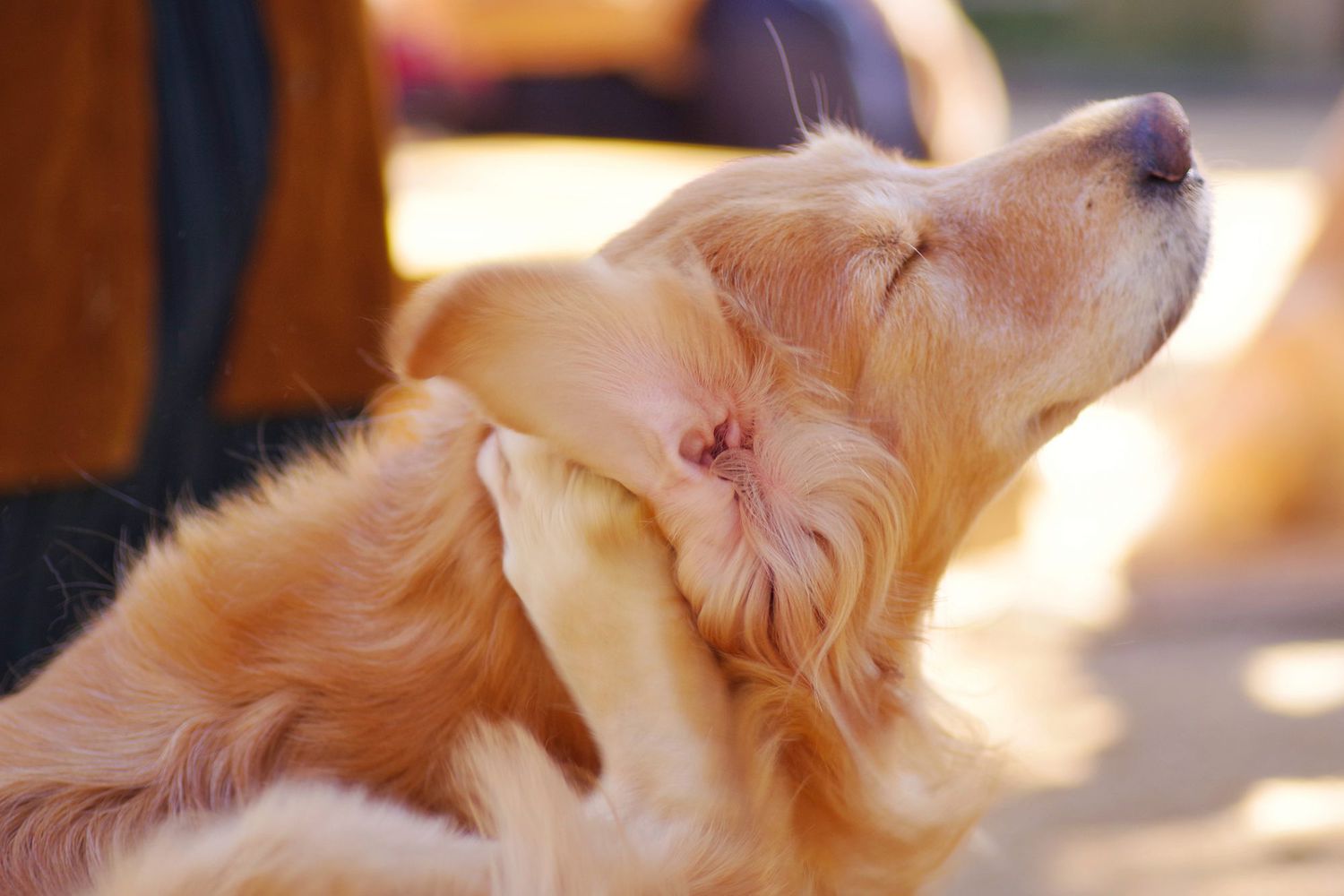

Common Health Issues
How Do I Help My Dog’s Itch From Fleas
Modified: February 21, 2024
Learn how to alleviate your dog's itch from fleas and other common health issues with our expert tips and advice. Keep your furry friend happy and healthy!
(Many of the links in this article redirect to a specific reviewed product. Your purchase of these products through affiliate links helps to generate commission for Pawsomeoldies.com, at no extra cost. Learn more)
Table of Contents
Understanding the Cause of Your Dog's Itch
When your furry friend is incessantly scratching and biting at their skin, it's essential to understand the root cause of their discomfort. One common culprit behind a dog's persistent itch is fleas. These tiny, wingless parasites thrive by feeding on the blood of mammals, including dogs. Fleas are not only a nuisance to your pet but can also lead to various health issues if left untreated.
Fleas are adept at hiding within your dog's fur, making them challenging to detect with the naked eye. However, their presence often triggers intense itching, causing your dog to scratch excessively. In some cases, dogs may develop an allergic reaction to flea saliva, exacerbating the itching and discomfort.
Understanding the life cycle of fleas is crucial in comprehending the source of your dog's itch. Fleas undergo a complete metamorphosis, progressing through egg, larval, pupal, and adult stages. The adult fleas, which are responsible for biting and feeding on your dog, lay eggs in your pet's fur. These eggs then fall off onto your dog's bedding, carpet, or other areas where your pet spends time, leading to a continuous cycle of infestation.
Moreover, fleas are not only a nuisance to your dog but can also pose a threat to your family and other pets in the household. Fleas can transmit diseases and parasites, such as tapeworms, to both animals and humans, making it imperative to address the issue promptly and effectively.
By gaining insight into the cause of your dog's itch, you can take proactive measures to alleviate their discomfort and prevent future infestations. Identifying fleas on your dog and implementing appropriate treatment and preventive measures are essential steps in ensuring your pet's well-being and comfort.
Read more: How Long Do Dogs Itch After Fleas?
Identifying Fleas on Your Dog
Spotting fleas on your dog requires a keen eye and a thorough examination of your pet's fur and skin. These pesky parasites are adept at concealing themselves within the dense coat of your dog, making their presence challenging to detect. However, by paying close attention to certain signs and conducting a systematic inspection, you can effectively identify fleas and take prompt action to address the issue.
Signs of Flea Infestation
-
Excessive Scratching and Biting: One of the most evident indicators of fleas on your dog is their incessant scratching, biting, and licking. If you notice your dog displaying heightened levels of these behaviors, particularly around the tail, neck, and hindquarters, it could signal the presence of fleas.
-
Visible Fleas or Flea Dirt: Fleas are small, agile insects that can be challenging to spot, especially in the early stages of infestation. However, careful observation may reveal tiny, dark-colored insects moving through your dog's fur. Additionally, flea dirt, which resembles dark specks or pepper flakes, may be visible on your dog's skin and coat. When moistened, flea dirt often turns reddish-brown, indicating the presence of digested blood, a telltale sign of fleas.
-
Skin Irritation and Redness: Flea bites can cause skin irritation, redness, and the formation of small, raised bumps on your dog's skin. These symptoms are often accompanied by hair loss and hot spots, indicating an allergic reaction to flea saliva.
Conducting a Flea Check
To effectively identify fleas on your dog, follow these steps:
-
Thorough Inspection: Begin by parting your dog's fur and closely examining their skin, particularly in areas where fleas are likely to congregate, such as the base of the tail, groin, and armpits. Use a fine-toothed comb to comb through your dog's fur, paying attention to any signs of flea dirt or live fleas.
-
Flea Comb Test: Utilize a specialized flea comb to comb through your dog's fur, focusing on capturing any fleas or flea dirt present. After each stroke, carefully inspect the comb for the presence of fleas or dark specks, indicating flea dirt.
-
Check Bedding and Living Areas: Since fleas lay eggs in your dog's fur, it's crucial to inspect your pet's bedding, carpets, and other areas where they spend time. Look for flea eggs, larvae, and pupae, which may appear as tiny white eggs or small, worm-like creatures.
By diligently observing your dog's behavior and conducting regular flea checks, you can promptly identify and address flea infestations, safeguarding your pet's well-being and comfort. Early detection and intervention are key in effectively managing flea issues and preventing their adverse effects on your dog's health.
Treating Your Dog for Fleas
Addressing a flea infestation on your dog requires a comprehensive approach to eliminate the parasites from your pet and prevent their resurgence. By employing effective treatment methods and implementing preventive measures, you can alleviate your dog's discomfort and safeguard their well-being.
Read more: How Do I Get Rid Of The Fleas On My Dog
Utilizing Flea Control Products
-
Topical Treatments: Topical flea treatments, such as spot-on solutions and sprays, are commonly used to combat fleas. These products are applied directly to your dog's skin, typically between the shoulder blades, and provide long-lasting protection against fleas and other parasites.
-
Oral Medications: Oral flea medications offer a convenient and effective way to eradicate fleas from your dog's system. These medications come in the form of chewable tablets or flavored pills, delivering systemic protection by targeting fleas at various life stages.
-
Flea Collars: Flea collars are infused with active ingredients that repel and kill fleas upon contact. When selecting a flea collar for your dog, opt for those containing ingredients such as imidacloprid or flumethrin, which effectively combat fleas and provide extended protection.
Environmental Treatment
-
Cleaning and Vacuuming: Thoroughly clean and vacuum your home, paying close attention to areas where your dog spends time. Regular vacuuming helps remove flea eggs, larvae, and pupae from carpets, upholstery, and crevices, reducing the likelihood of reinfestation.
-
Washing Bedding and Fabrics: Launder your dog's bedding, blankets, and other washable fabrics in hot water to eliminate any fleas and their eggs. This process helps eradicate fleas and prevents their spread within your home.
-
Yard Maintenance: Keep your outdoor environment well-maintained by mowing the lawn, trimming shrubbery, and removing debris where fleas may thrive. Consider using pet-safe outdoor flea control products to minimize the presence of fleas in your yard.
Consistent Monitoring and Preventive Measures
-
Regular Check-ups: After initiating flea treatment, monitor your dog for any signs of continued itching or flea activity. Conduct routine flea checks to ensure that the infestation has been effectively addressed.
-
Year-Round Prevention: Implement year-round flea prevention measures to safeguard your dog from future infestations. Utilize flea preventatives recommended by your veterinarian and adhere to a consistent preventive regimen to maintain a flea-free environment for your pet.
By diligently treating your dog for fleas and implementing comprehensive preventive strategies, you can effectively combat flea infestations and provide your pet with a comfortable and healthy living environment. Consult with your veterinarian to determine the most suitable flea treatment and prevention plan tailored to your dog's specific needs, ensuring their long-term well-being and happiness.
Soothing Your Dog's Itch
Addressing your dog's itch caused by flea infestations goes beyond eliminating the parasites; it also involves providing relief from the discomfort and irritation experienced by your pet. Soothing your dog's itch is essential in promoting their well-being and ensuring their comfort as they recover from the effects of flea bites.
Read more: What Helps A Dog With Hair Loss From Fleas
Calming Baths and Shampoos
One effective way to alleviate your dog's itch is by giving them soothing baths using gentle, hypoallergenic shampoos specifically formulated for relieving skin irritation. These shampoos are designed to cleanse your dog's skin and coat while providing relief from itching and inflammation. Opt for shampoos containing natural ingredients such as oatmeal, aloe vera, and tea tree oil, known for their soothing and moisturizing properties. Gently massaging the shampoo into your dog's fur and allowing it to sit for a few minutes can help soothe their irritated skin and provide much-needed relief.
Oatmeal and Epsom Salt Baths
Oatmeal and Epsom salt baths are renowned for their ability to alleviate itching and soothe inflamed skin in dogs. Oatmeal possesses anti-inflammatory properties that can help reduce itching and redness, while Epsom salt, when dissolved in warm water, can provide relief from discomfort and promote healing. Prepare a lukewarm bath for your dog and add colloidal oatmeal or a small amount of Epsom salt to the water. Allow your dog to soak in the bath for several minutes, ensuring that the soothing solution comes into contact with their skin. Gently pat your dog dry after the bath to avoid further irritation.
Cooling Compresses
Applying cooling compresses to your dog's itchy areas can offer immediate relief from discomfort and help reduce inflammation. Use a clean, soft cloth soaked in cool water or herbal infusions such as chamomile or calendula tea, known for their soothing properties. Gently apply the compress to the affected areas, providing gentle pressure to alleviate itching and soothe your dog's skin. Ensure that the compress is not too cold to avoid causing discomfort to your pet.
Anti-Itch Remedies
In addition to external soothing methods, incorporating anti-itch remedies can help alleviate your dog's discomfort from flea bites. Consult with your veterinarian to explore suitable options, such as oral or topical anti-itch medications or supplements containing essential fatty acids and natural ingredients known for their skin-soothing properties. These remedies can aid in reducing itching and promoting skin health, contributing to your dog's overall comfort during the recovery process.
By implementing these soothing measures, you can effectively alleviate your dog's itch and provide them with the comfort and relief they need as they recover from flea infestations. Prioritize your dog's well-being by addressing their discomfort and promoting a healthy, itch-free environment, ensuring that they can enjoy a happy and contented life free from the irritation caused by fleas.
